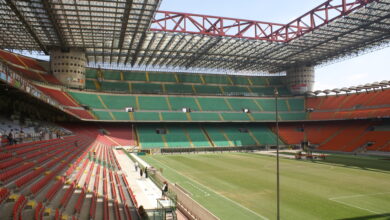
Every 8th December, Romanians celebrate their country’s Constitution Day. Although not a public holiday, the day commemorates the anniversary of the 1991 referendum, which approved Romania’s first fully democratic constitution. To celebrate, here are some curious facts you probably didn’t know about Romania!
1 – The Romanian city of Brasov is home to the third narrowest street in Europe, coming just behind Spreuerhofstrasse in Germany and Parliament Street in the United Kingdom. The street, called Strada Sforii, really does make for a tight fit: at its narrowest, it’s barely over a meter wide!
2 – Romania is home to Europe’s largest population of brown bears. Transylvania itself has about 60% of the bear population. Thus, Romanians believe that during the last months of winter, if a bear wakes up and returns to hibernate, it serves as an omen for a longer winter.
3 – The south-western region of Caraș-Severin is home to an important paleontological discovery: a complex system of galleries contains the so-called Cave of Bones, which is home to the oldest fossils of early modern human to be found in Europe. The fossils are between 37,000 and 42,000 years old.
4 – A Romanian inventor, Traian Vuia, is credited with designing and building the first aircraft to run on its own power.

5 – Romanians have not only contributed to aeronautics, but to science at large, too. Notable Romanians include Victor Babes who discovered fifty different kinds of bacteria, Emil Palade who won the Nobel Prize (among three other fellow citizens) for his contribution to cell biology, Nicolae Paulescu who discovered insulin, and Petrache Poenaru who invented the fountain pen.
6 – Romania enjoys one of the best 4G internet networks in the world, with an average speed of 35.61 Mbps. In fact, Romania ranks fourth worldwide for its 4G speed.
7 – The Romanian village of Săpânța has one of the most colourful and pleasant cemeteries in the world. Aptly called Merry Cemetery, the place is full of brightly painted wooden crosses, each depicting stories of the deceased’s life, sometimes with a humorous or poetic epigraph. Different colours have different meanings: Săpânța blue symbolised hope, freedom, and the sky. Green represents life; yellow, fertility; red, passion; and black, death. The other symbols are white doves for the soul and black birds to represent a tragic or suspicious death.
8 – Peles Castle, located in the Sinaia mountain resort, was the first castle to be fully electrified in Europe.

9 – Another must-see place in Romania is the Gold Museum, also known as the Mineral Collection of Brad, located in Brad, Hunedoara county. Romania is also one of the richest resources of gold in Europe. There are over two thousand gold exhibits from all over the world.
10 – Everyone knows that the two longest man-made navigation routes are the Suez and Panama canals, but the third longest such canal is in Romania. Located in the south-eastern area of the country, the Danube to Black Sea Canal is also the longest man-made canal in Europe.





